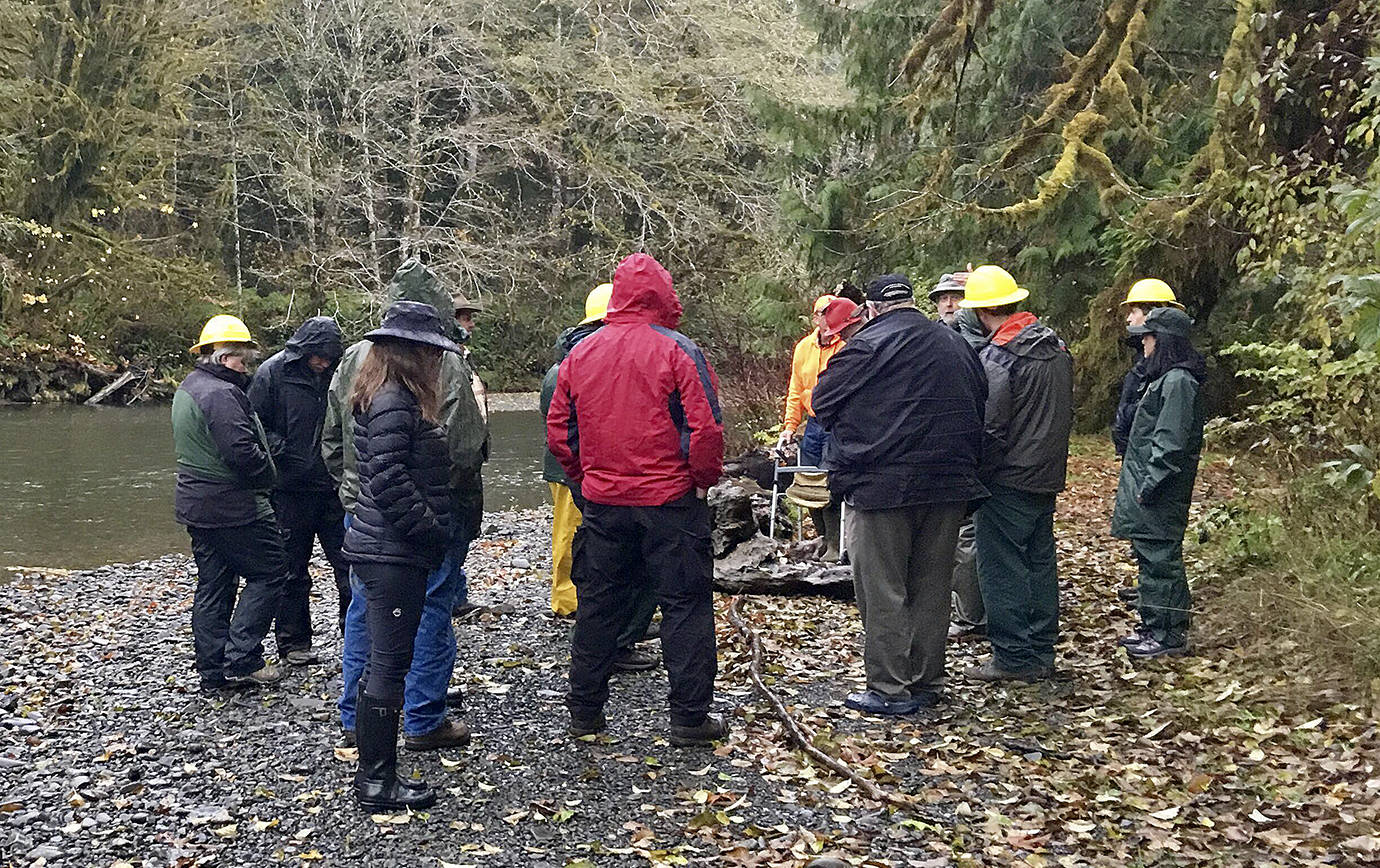Mitzi Schindele lives in Montesano and considers the upper Wynoochee Valley her “back yard.” She spends as much of her free time as she can revisiting the trails in the southern part of the Olympic National Forest — 628,115 acres of rivers, lakes, timber lands, meadows and rocky peaks.
Less than a year ago she brought together a group of different outdoor recreation users and formed the Olympic Public Access Coalition, which includes representatives from the Back County Horsemen, recreational ATV riders, hikers and others who hope to keep the areas they explore open and accessible to the public.
“We’re composed of different recreational user groups,” said Schindele. “We came together because a lot of users felt they had no real voice on this end of the forest and didn’t know how to communicate with the Forest Service, the county and landowners.”
The Olympic National Forest rings the Olympic National Park across the Olympic Peninsula. The national park system leans heavily on the premise that park land should be preserved. The national forest system has a mandate to manage the land for “multiple uses” such as recreation of many kinds, including logging, grazing and fishing.
The coalition is strictly a volunteer group; nobody is paid, said Schindele. They spend their own funds and time to meet with Forest Service personnel and other agencies and individuals to provide their input on how access can be maintained and perhaps even expanded in public lands at a reasonable cost. They say their aim is policy that benefits human users as well as fish and wildlife.
The coalition’s vice president, Pete Erben, a member and officer of the Back Country Horsemen of Washington, said there are challenges when it comes to diverse groups coming together — the priorities may not be the same when groups like hunters and fishermen are bunched with hikers, trail-runners and off-road vehicle enthusiasts.
“We won’t always agree on the same thing,” he said, but what the coalition does is provide access to the public comment process and teaches all users how to best communicate with the forest’s decision-makers.
Erben, a retired recreation planner with the Forest Service, said state and federal land managers often welcome public comment because it helps them take into consideration the human users of their public lands. Over the decades, the number of employees within the Forest Service has stayed the same, he said, but the lion’s share of the human and financial resources in the agency are now spent on wildfire protection and response.
And because resources are stretched so thin, Erben said, agencies like the Forest Service are open to volunteers doing some work, like clearing trails. He noted a recent meeting about the Capitol Forest, when user groups volunteered to put up new signs on the road and trail systems. Many of them left that meeting with signs and instructions for where and how to put them up, he said.
“Public comment is accepted and encouraged,” he said, adding the Olympic Public Access Coalition is doing its best to build on the spirit of cooperation and public participation in the process of public lands management.
Schindele hopes the cooperative movement continues. She said more frequent public information sessions, where the Forest Service or other agencies could discuss potential future projects or issues, could prove productive, rather than just holding public forums when a plan that may include loss of access to public lands has already been drafted.
Recently the group has been following a proposal by the Forest Service where access to popular trail heads near Sequim would be limited; in one case, a road could be closed two miles from the trail access. Schindele’s group and others from the north peninsula expressed their concerns about the plan, and the Forest Service ended up extending the comment period before finalizing its plan.
Currently, the Department of Fish and Wildlife is proposing a thinning program in the upper Wynoochee Valley. Erben said thinning out the blow-down, meaning the trees lost during wind storms, could open up the region to better wildlife and human access alike. The project would also bring a fair amount of timber into the region’s mills. Both could have significant positive economic impacts on the entire region, he said.
The group took root shortly after the Forest Service blocked a popular access to a gravel bar, the Rainbow Creek access on the West Fork of the Humptulips River. Stating the road to the camping and fishing river access was detrimental to a stream deemed critical to fish habitat, the Forest Service dug deep trenches and placed large root wads and other debris, which Erben claimed was expensive and also made the area less accessible to wildlife species. The coalition is continuing its efforts to work with the Forest Service to find a solution that would allow for public access and a healthy environment for the fish and wildlife that use it, said Schindele.
The coalition believes by working together with agencies responsible for public lands, less expensive and more moderate solutions could be found.
More information is available on the group’s Facebook page; go to Facebook.com and enter Olympic Public Access Coalition in the search tab.



